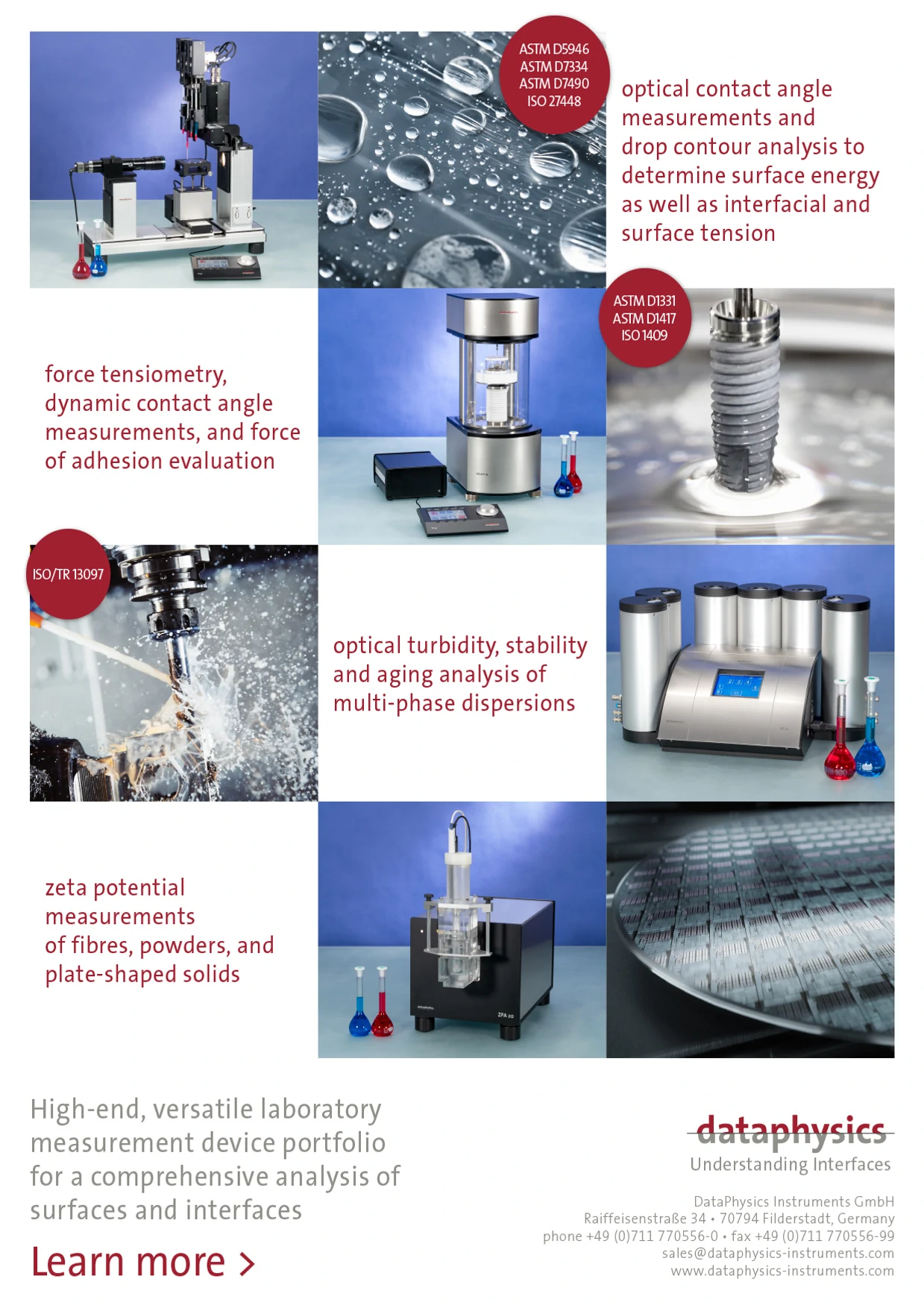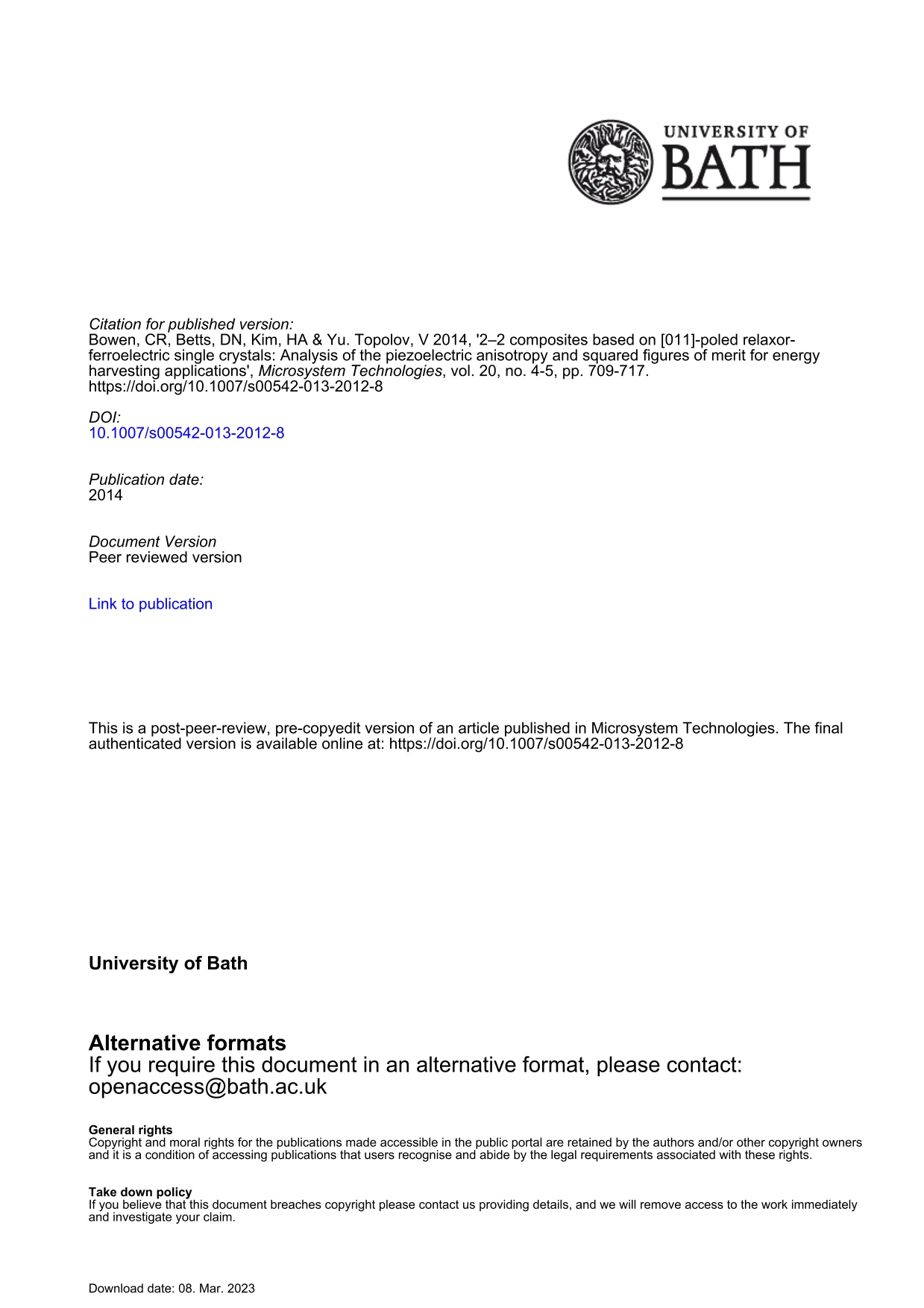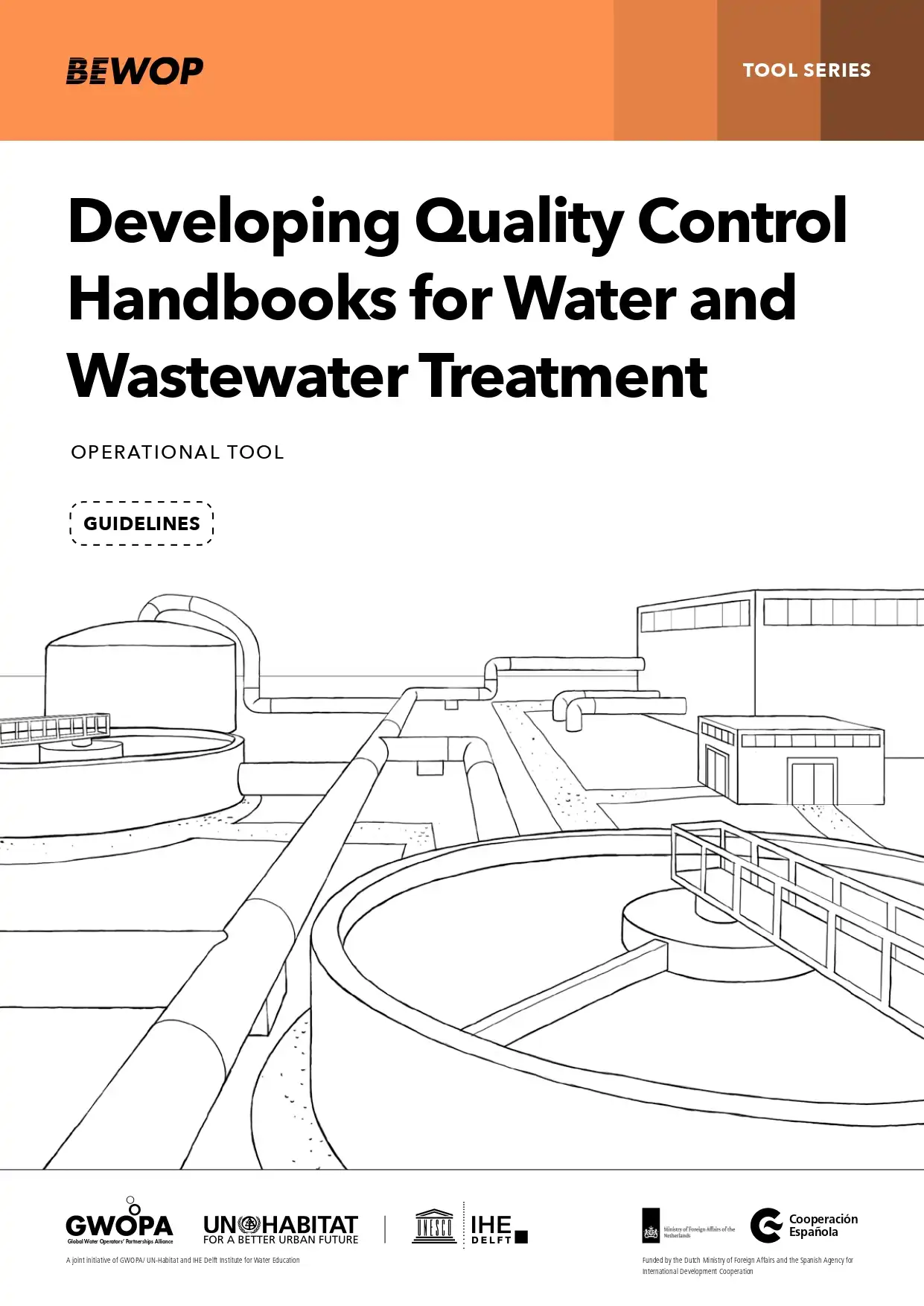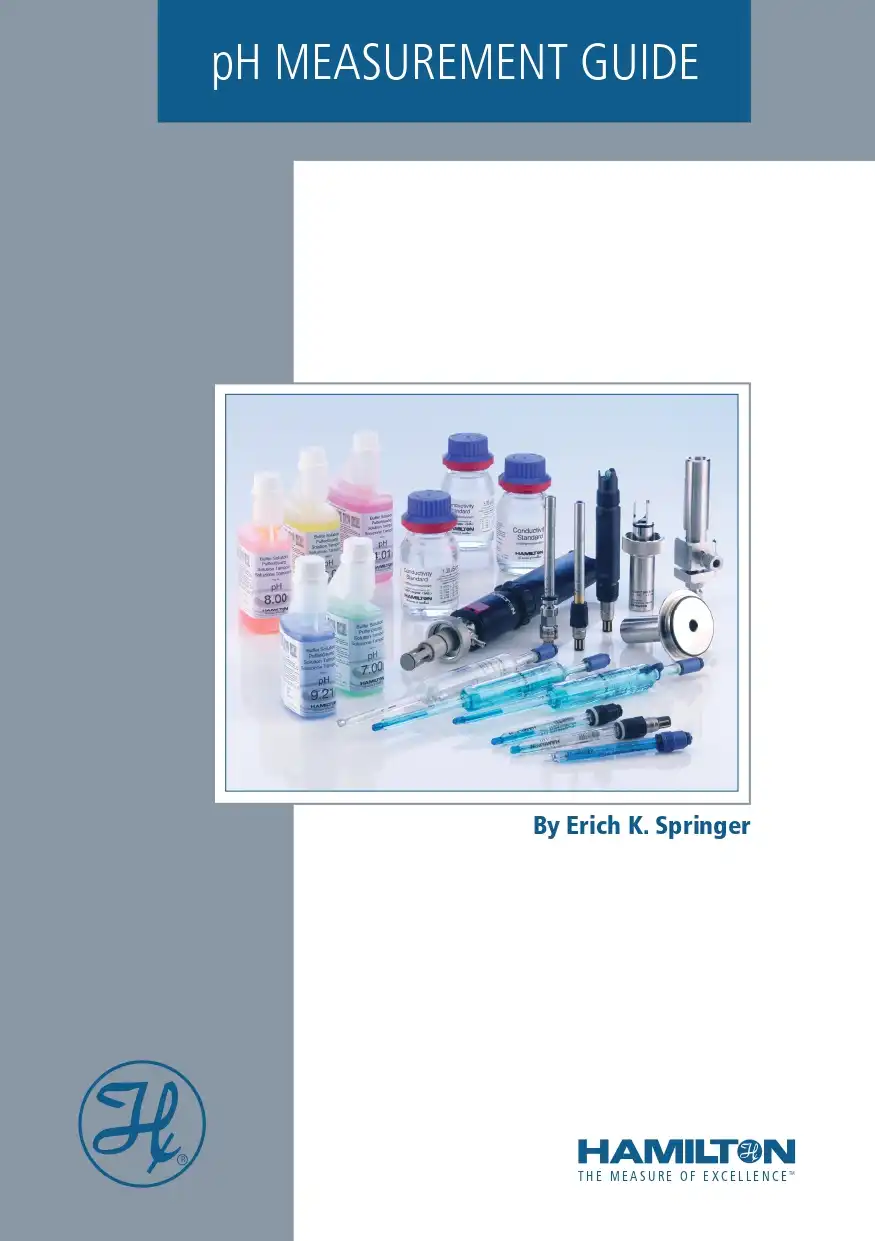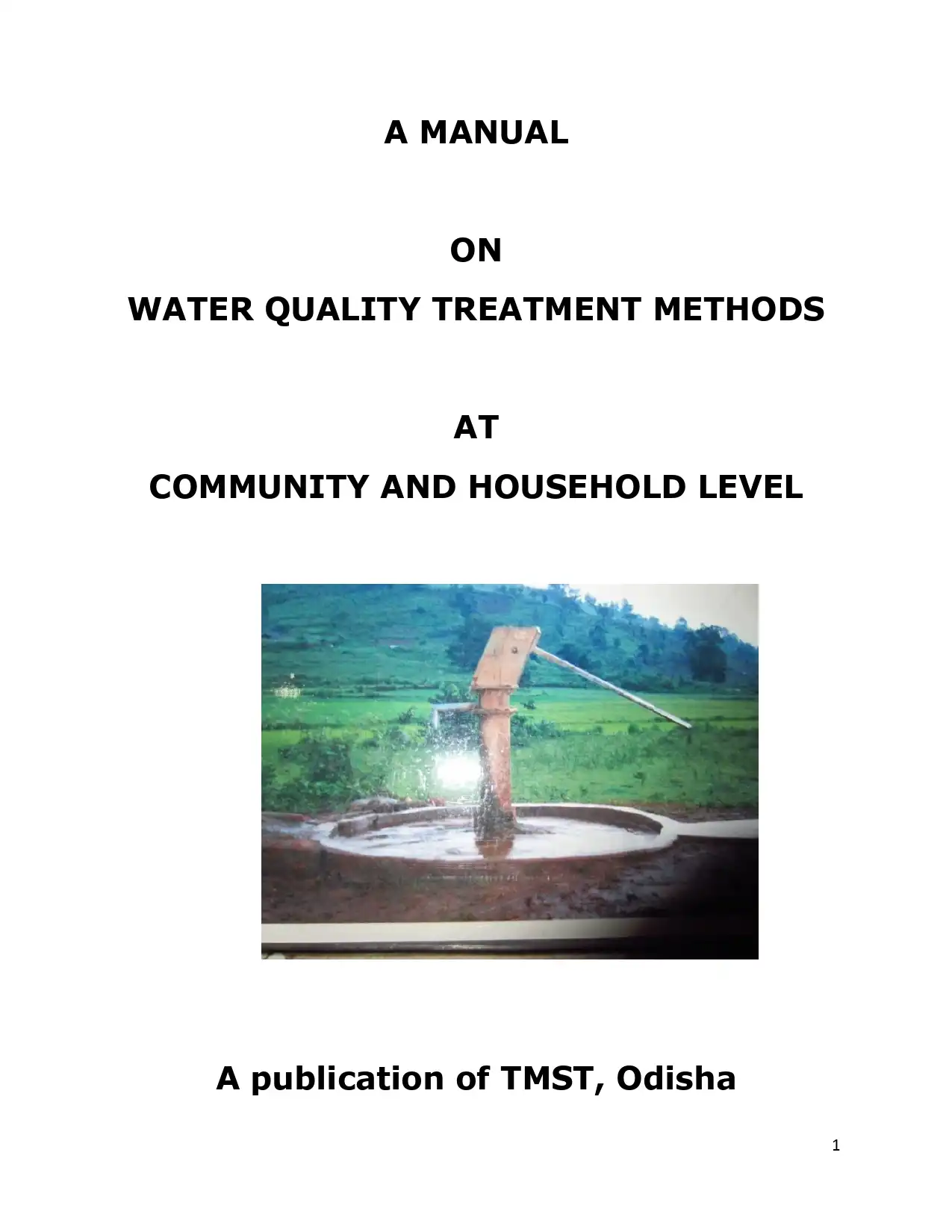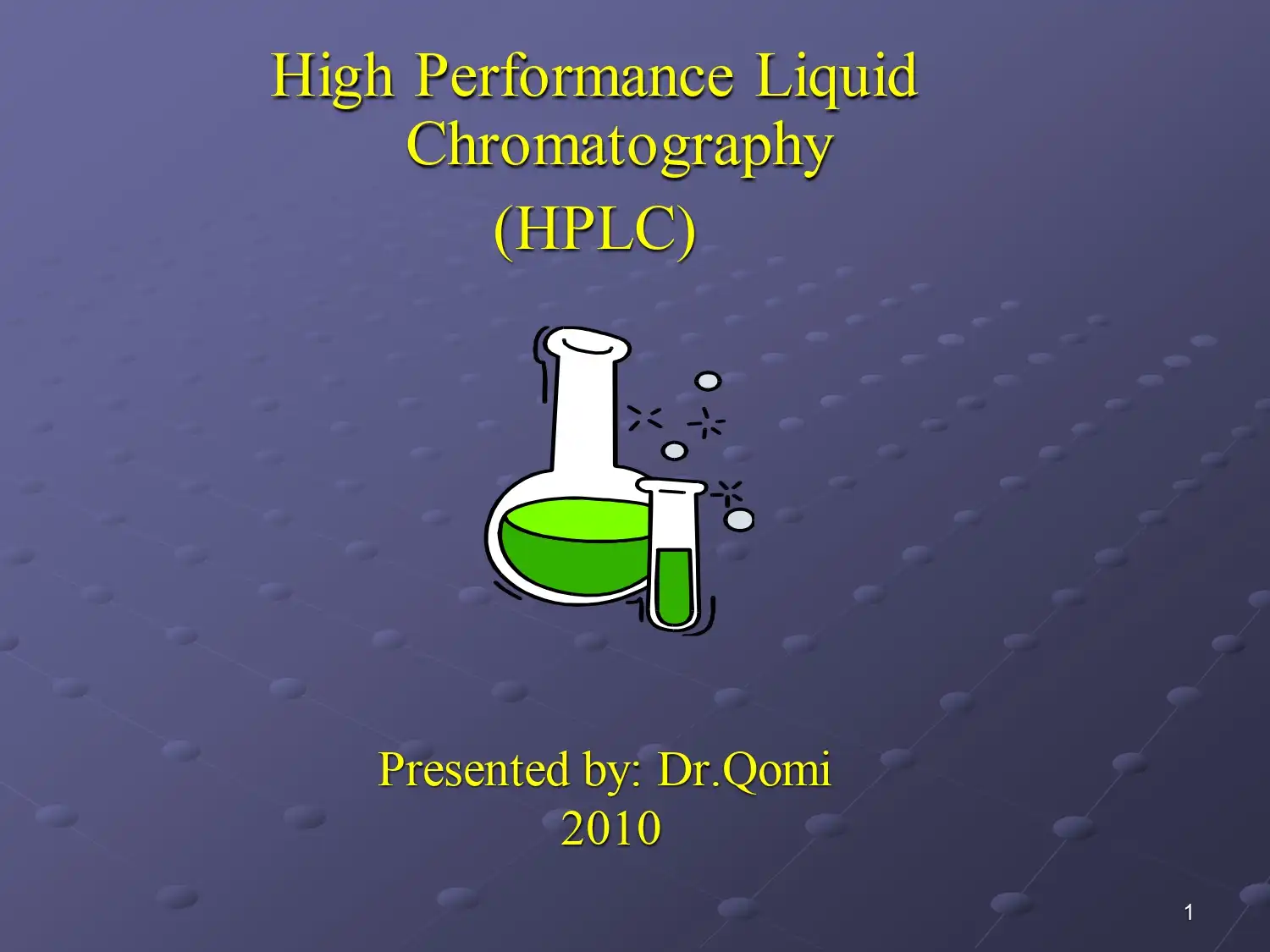Developing Quality Control Handbooks for Water and Wastewater Treatment
Introduction
This section provides a step by step discussion regarding the development of a Quality Control Handbook for a water or wastewater treatment plant. A workshop format has been chosen for the development of the handbook in order to channel the multiple knowledge inputs needed for it. For a proper. The workshop format targets participants coming from water or wastewater treatment facilities. These participants are expected to be knowledgeable of the operational activities of the plant and able to share their actual experiences. The successful implementation of this handbook depends on the creation of a setting in which the employees themselves act as both teachers and students. Active participation is a key success factor, and practical demonstrations are necessary to supplement the theoretical aspects. The workshop format can be easily replicated and as such, helps facilitate the development of operating manuals in other water treatment facilities or water companies. Once completed, these manuals may be used to define the required skills of the operating personnel and may also be used for actual on-the-job training. The handbook is to be finalized after successful completion of four group sessions.
Developing Quality Control Handbooks for Water and Wastewater Treatment
Introduction
This section provides a step by step discussion regarding the development of a Quality Control Handbook for a water or wastewater treatment plant. A workshop format has been chosen for the development of the handbook in order to channel the multiple knowledge inputs needed for it. For a proper. The workshop format targets participants coming from water or wastewater treatment facilities. These participants are expected to be knowledgeable of the operational activities of the plant and able to share their actual experiences. The successful implementation of this handbook depends on the creation of a setting in which the employees themselves act as both teachers and students. Active participation is a key success factor, and practical demonstrations are necessary to supplement the theoretical aspects. The workshop format can be easily replicated and as such, helps facilitate the development of operating manuals in other water treatment facilities or water companies. Once completed, these manuals may be used to define the required skills of the operating personnel and may also be used for actual on-the-job training. The handbook is to be finalized after successful completion of four group sessions.
PH Measurement Guide
The pH measurement is therefore of vital significance in such diverse fields as biology, medicine, food technology, drinking water treatment, agriculture, mineralogy, surface treatment in metal processing, paper and textile manufacturing, chemical and petrochemical industry as well as waste water and sewage treatment for environmental protection.
PH Measurement Guide
The pH measurement is therefore of vital significance in such diverse fields as biology, medicine, food technology, drinking water treatment, agriculture, mineralogy, surface treatment in metal processing, paper and textile manufacturing, chemical and petrochemical industry as well as waste water and sewage treatment for environmental protection.
Water Chemistry
Abstract
This book includes research on applications related to water chemistry in environmental management, sustainable environmental issues such as water and wastewater treatment, water quality management, and other similar topics.
The book consists of three sections: water treatment, waste water treatment, and water division, and it includes 11 chapters.
In these chapters, wastewater treatment methods and nanomaterials in water treatment and water separation processes are comprehensively reviewed in terms of water chemistry.
Water Chemistry
Abstract
This book includes research on applications related to water chemistry in environmental management, sustainable environmental issues such as water and wastewater treatment, water quality management, and other similar topics.
The book consists of three sections: water treatment, waste water treatment, and water division, and it includes 11 chapters.
In these chapters, wastewater treatment methods and nanomaterials in water treatment and water separation processes are comprehensively reviewed in terms of water chemistry.
A Manual On Water Quality Treatment Methods At Community And Household Level
About this book :
This book is a compilation work of various techniques adopted at different parts of the world for removal of a range of chemical parameters which are present beyond the permissible limit in drinking water. The different technologies those are described in this book are mainly limited to household level and for community level. The stepwise pictorial presentation for treatment of contaminated water to remove different chemical parameters and biological treatment will possibly be appreciated by the readers of this book. The authors of this book have tried their best, put their utmost thought and taken maximum care while compiling the available information so that this piece of work will be accepted by every individual. This book in general comprises three sections and eight chapters are within these sections. Section-I comprises only one chapter which describes different water quality problems in India with specific interest to Odisha and for whom this book is designed. Similarly, the section-II encompasses four chapters. Water quality standards, water quality occurrence in different parts of the state and its presentation in shape of a map are reflected in these chapters. Section –III, which is the most important section of this book, illustrates identification of problems and their mitigation measures at household level as well as at community level. Material quantification and maintenance procedures are also depicted in this section.
A Manual On Water Quality Treatment Methods At Community And Household Level
About this book :
This book is a compilation work of various techniques adopted at different parts of the world for removal of a range of chemical parameters which are present beyond the permissible limit in drinking water. The different technologies those are described in this book are mainly limited to household level and for community level. The stepwise pictorial presentation for treatment of contaminated water to remove different chemical parameters and biological treatment will possibly be appreciated by the readers of this book. The authors of this book have tried their best, put their utmost thought and taken maximum care while compiling the available information so that this piece of work will be accepted by every individual. This book in general comprises three sections and eight chapters are within these sections. Section-I comprises only one chapter which describes different water quality problems in India with specific interest to Odisha and for whom this book is designed. Similarly, the section-II encompasses four chapters. Water quality standards, water quality occurrence in different parts of the state and its presentation in shape of a map are reflected in these chapters. Section –III, which is the most important section of this book, illustrates identification of problems and their mitigation measures at household level as well as at community level. Material quantification and maintenance procedures are also depicted in this section.
High Performance Liquid Chromatography (HPLC)
Table of Contents
1. What Does a Chemist Do?
2. How Does S(He) do it?
3. What is Analytical Chemistry?
4. High Performance Liquid Chromatography
5. Aims and Objectives
6. Origins of Liquid Chromatography
7. Why Choose Liquid Chromatography?
8. Suitable Samples for HPLC
9. Comparison with Gas Chromatography
10. Typical HPLC Data
11. Chromatography Separation Mechanisms
12. The Liquid Chromatograph
13. The Liquid Chromatographic Process
14. The Chromatogram
15. Modes of Chromatography
High Performance Liquid Chromatography (HPLC)
Table of Contents
1. What Does a Chemist Do?
2. How Does S(He) do it?
3. What is Analytical Chemistry?
4. High Performance Liquid Chromatography
5. Aims and Objectives
6. Origins of Liquid Chromatography
7. Why Choose Liquid Chromatography?
8. Suitable Samples for HPLC
9. Comparison with Gas Chromatography
10. Typical HPLC Data
11. Chromatography Separation Mechanisms
12. The Liquid Chromatograph
13. The Liquid Chromatographic Process
14. The Chromatogram
15. Modes of Chromatography
Storm Water Pollution Prevention – Materials Management
Using alternatives to toxic substances drastically reduces their presence in storm water and receiving waters. The most common toxic substances found in the home are cleaners, automotive products, and pesticides. Fertilizers, paints, and fuels are among other common hazardous substances frequently found in ground water because of improper disposal (WEF and ASCE, 1998).
Storm Water Pollution Prevention – Materials Management
Using alternatives to toxic substances drastically reduces their presence in storm water and receiving waters. The most common toxic substances found in the home are cleaners, automotive products, and pesticides. Fertilizers, paints, and fuels are among other common hazardous substances frequently found in ground water because of improper disposal (WEF and ASCE, 1998).





